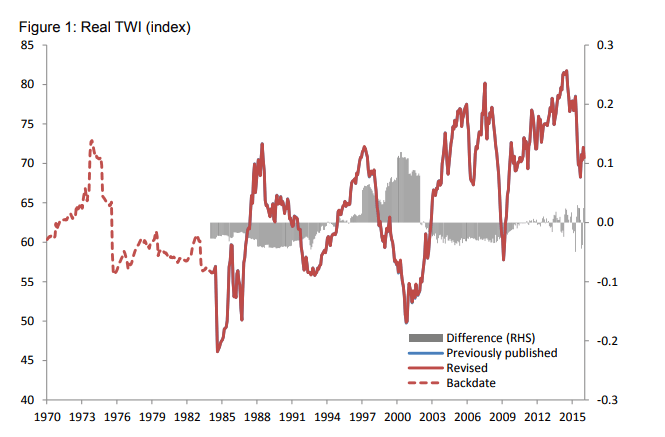
The rise of voice assistants has put a new customer-facing channel on the map for marketers. The promise is clear: voice-enabled devices operate as a fine blend of digital and physical realities, which makes room for truly contextual interactions with users. But with voice technology so young, it’s still unclear if it can add up meaningfully to the marketing toolkit.
In 2016, Gartner predicted 75 percent penetration of voice-activated devices in US households by 2020. We’re now two years short of this deadline and the penetration rate is a humble 13 percent (though expected to rise to 55 percent by 2022).
2018 is the year voice-enabled devices hit a one-billion-sold mark. And it’s not only about smart speakers per se; this adoption wave is spilling over to voice assistants installed on smartphones, smart watches, and IoT-connected devices.

Above: Of 1,040 surveyed US adults. Source: Voicebot Voice Assistant Consumer Adoption Report 2018.
In this coming “AI-first world” (as Google CEO Sundar Pichai called it in a blog post), marketing should be beefed up to respond to the opportunity of audial customer engagement. Here’s a look at how brands and MarTech companies are rising to the challenge.
Contents
Locating voice in customer journeys
Voice-enabled technology could be the epitome of that sought-out personalization, literally taking customer interactions to the one-on-one level. That said, voice interaction is posed to be more personal, intimate even – which is a perfect match for consumer brands.
Making a voice interface an option in the customer journey is becoming important, considering 62 percent of US voice-enabled speaker owners are using them to make a purchase.

Above: Source: Annalect.com
So far, Adobe has taken a lead in providing “voice analytics” across all available voice agent platforms to help marketers collect and make sense of customers’ voice search intent and behavior. Earlier this year Adobe announced its acquisition of Sayspring, a voice AI startup behind a product for building voice interfaces and apps with no coding required. This move is likely to expand Adobe’s offering with voice-based tools in their Experience Cloud and Creative Cloud suites, while also signposting to the next turn in the field of customer experience management.
Another company, Resulticks, offers a platform for managing customer interactions through voice agents, from Alexa to Cortana, treating them as a full-fledged channel in the customer journey. This comes complete with upsell, cross-selling, and promotional opportunities based on a customer’s profile.
I’ve been exploring the opportunity in my role as Digital Marketing Manager for a software development company. My first, small-budget voice search campaign wasn’t as successful as I’d hoped. We got enough visits but saw a high bounce rate, and we didn’t get leads. My team and I are now adapting some pages to improve voice search and will then repeat the campaign and compare the results. So I’ve been taking a hard look at the both the technologies and the specific touch points that hold the most promise for voice.
Shop front: voice advertising
Voice advertising is the first obvious bet marketers worldwide are taking on the voice channel. Yet this is by far the most vulnerable spot in the adoption of voice agents: While the audience reach and engagement potential seem overwhelming, brands haven’t yet embraced advertising. In 2017, Juniper Research estimated that voice ad spend could reach $19 billion by 2022, although currently there are almost no real cases proving the viability of voice-based ads.
The biggest value proposition could be the fact that voice advertising cultivates interactivity – in a way you can’t imagine with radio ads. Voice ads are highly contextual – be it ordering a pizza on a live TV sports night or finding the closest flower shop on a customer’s wedding anniversary. In a way, voice ads can bring a marketer’s dream of winning those micro-moments to reality.
However, no vendor behind a smart voice assistant has yet explicitly said they’re ready to launch voice ads on their platform. With that, brands are left with only “organic” ways of generating customer awareness. Such “organic” ways include, for example, building Alexa skills around brand-related activities that serve as voice gateways, like Capital One’s, or entering one-on-one partnerships.
An example of the latter is Jimmy Fallon from NBC’s Tonight Show cracking jokes on Amazon Alexa whenever Alexa’s users are up for a laugh. This subtle form of advertising is likely to be a unique deal not open to every brand, but it at least showcases how natural brand endorsements can sound.
It’s a bit different with Instreamatic. Just this summer, the startup won a contract with publisher Gazprom-Media Radio, one of Russia’s largest radio groups, to publish interactive voice ads on the company’s mobile apps. Alfa-Bank became the first advertiser to try it out.
Instreamatic offers an advertising management platform for both advertisers and publishers, serving voice-activated ads of up to 10 seconds long. For advertising through voice-first platforms such as Google Home and Amazon Echo, though, the service only offers one-way ads due to policy limitations – which undercuts that enticing promise of interactivity inherent to voice advertising.
While brands are only slowly rising to the call of voice ads, other applications of voice-activated devices are coming into use behind the scenes in marketing departments – namely in business intelligence.
Backstage: voice interfaces for marketing data
Solutions already exist to help marketing professionals navigate big data through voice interfaces. By uttering a single voice command to a voice assistant, marketers can retrieve meaningful KPIs and insights skimmed from connected databases and dashboards with less friction.
Starting with one of the oldest examples of 2016’s Datorama Marketing Integration Engine, there are quite a number of voice-activated analytical tools for marketing teams. Just last year, Google introduced voice-based navigation for Google Analytics that had been three years in the making. Other analytics vendors find a quicker way by developing an Alexa skill around their core functionality, like Sisense did to offer its Sisense-Enabled Echo for voice-based business intelligence (now in beta).
Pitfalls still
Voice tech is clearly buzzing, but for brands there are still some hurdles to overcome.
In search of a voice-only mission. The immaturity of voice-powered tech makes some wonder if it has a unique mission or if all it can offer is a repurposing of content that sits comfortably in other forms of media.
Customer profile disparity. With so many voice agents out there, it’s uncertain whether the same customers’ multiple profiles can co-exist successfully, stored independently both by voice agent platforms like Google or Apple and by brands themselves.
Overreliance on vendors. The onslaught of voice assistants is only propelled by the big four tech vendors – Google, Microsoft, Apple, and Amazon. Such vendor lock-in may put marketers’ voice strategies at risk should the tech providers change their course or curtail their projects.
These points help explain brands’ cautious toe-dipping in voice marketing. But the current hesitation among many brands makes it even more interesting to start experimenting with the technology now. Those of us doing early trials have the chance to participate collectively in defining how to use one of the most exciting recent developments in consumer tech.
[“source=venturebeat”]



















































